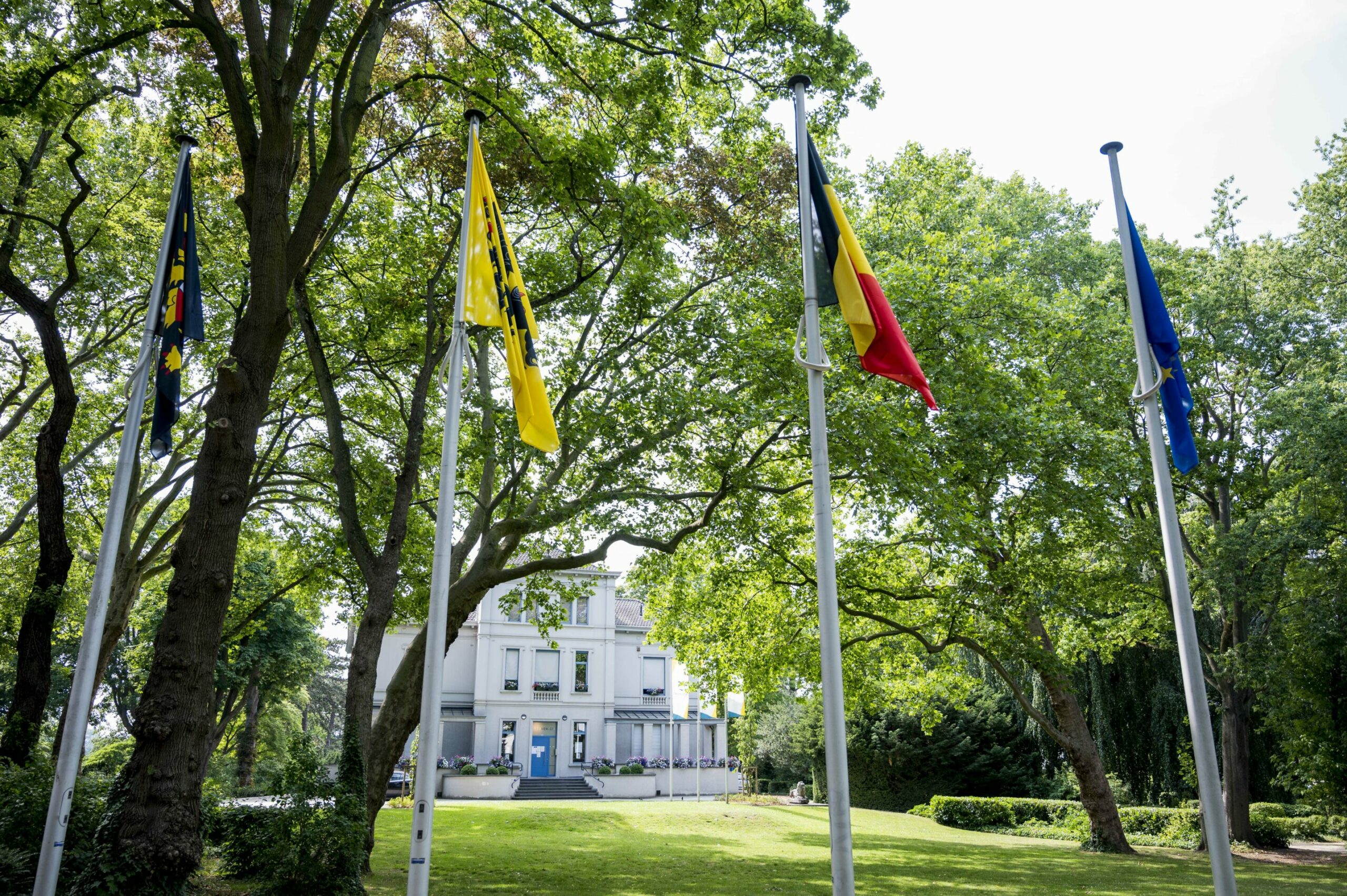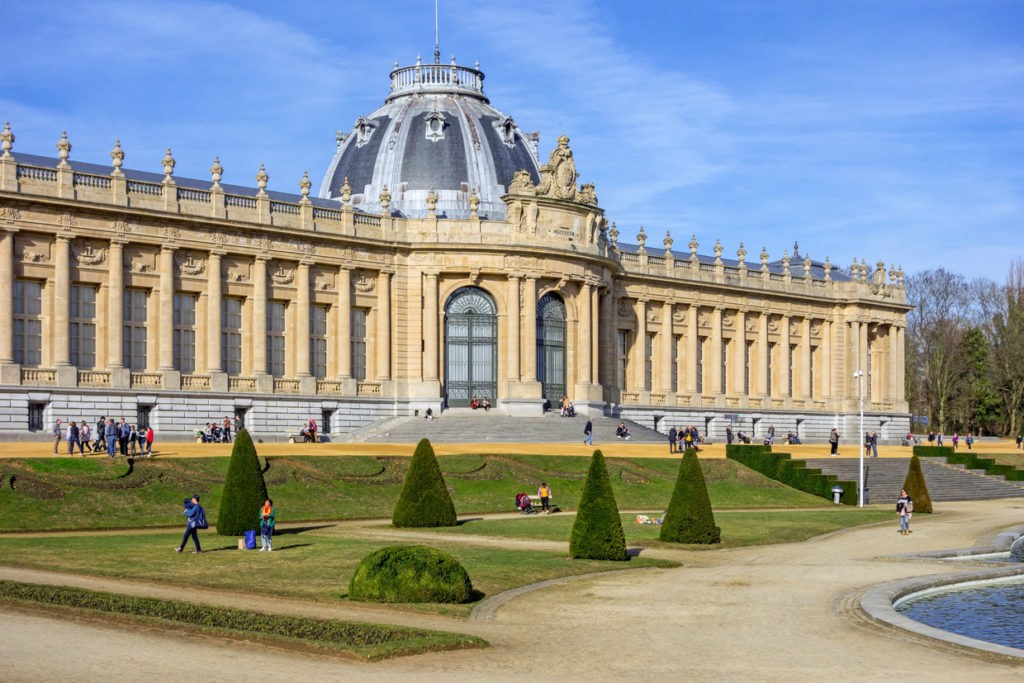The number of languages spoken in Flemish municipalities encircling Brussels increased by around half in the past decade. English continues to gain ground here, as was already the case in Brussels.
The so-called Vlaamse Rand – the name for the group of 19 Flemish municipalities located around the region's border with Brussels – is becoming increasingly multilingual. This was highlighted in the VUB's third Language Barometer for the Vlaamse Rand, conducted by BRIO.
According to the latest Barometer, the number of languages spoken in these communes, including multicultural Vilvoorde and Tervuren – the home of the British School of Brussels – has increased to 104, up from 87 in 2019 and 75 in 2014. This puts the area on par with the Brussels Capital Region: the last Brussels-based barometer also registered 104 languages.
"The Vlaamse Rand, an officially Dutch-speaking area, has been heavily influenced by relocation movements from Brussels and growing internationalisation," said Mathis Saeys from the VUB's BRIO research group.
Dutch still dominant, but waning
Despite these trends, Dutch remains firmly entrenched in the daily lives of Vlaamse Rant residents. Dutch remains the most commonly used language in formal contexts such as municipal administration and in the workplace.
However, the proportion of Rand people whose home language is exclusively Dutch continues to fall to 37.7%, compared to 45% five years ago. "This is offset by a growth in the number of Rand residents who have both Dutch and French as their home languages."

Illustration picture shows the city hall in Zaventem, Friday 26 June 2020. BELGA PHOTO JASPER JACOBS
The proportion of French speakers also continues to increase. More than half of the inhabitants who know French well have acquired the language at home (54% compared to 46% in 2019).
Other languages widely spoken are English, German and Spanish. "English is becoming increasingly dominant as a complementary language," Mathis noted. "English continues to gain ground as a common language of communication."
The trend is not yet as visible as in Brussels, where increased linguistic diversity has led to Dutch – one of the two official languages in the region – being relegated to third place by English, which is now the second most widely spoken language. Nearly half of Brussels residents (47%) speak English, up from just 33% in the 2001 Brussels Barometer.
Who speaks what, where?
The study highlighted great diversity within the 19 Rand municipalities. The municipalities of Asse, Grimbergen, Meise and Merchtem in the north and northwest are the most Dutch-speaking.
They are followed by Beersel, Dilbeek and Sint-Pieters-Leeuw, in the west to southwest, and the municipalities from the Druivenstreek (Hoeilaart, Overijse and Tervuren, all in the southeast).
Wemmel, to the north of Brussels, Zaventem in the east and the so-called facility municipalities (Sint-Genesius-Rode, Linkebeek, Drogenbos, Wemmel, Kraainem en Wezembeek-Oppem) score lowest in terms of Dutch speakers.
Related News
- Brussels MP not permitted to ask parliamentary question in French
- Number of new Belgian citizens peaks for first time in 25 years
Kraainem and Wezembeek-Oppem have the largest group of inhabitants who grew up speaking only French at home, followed by Drogenbos, Linkebeek and Sint-Genesius-Rode. One in five residents from Machelen, Vilvoorde, Wemmel and Zaventem grew up in a family where neither Dutch nor French was spoken.
With language shifts and diversity in the Rand, the researchers call for a differentiated language policy, specifically for more differentiated language and integration policies at the municipal level.

